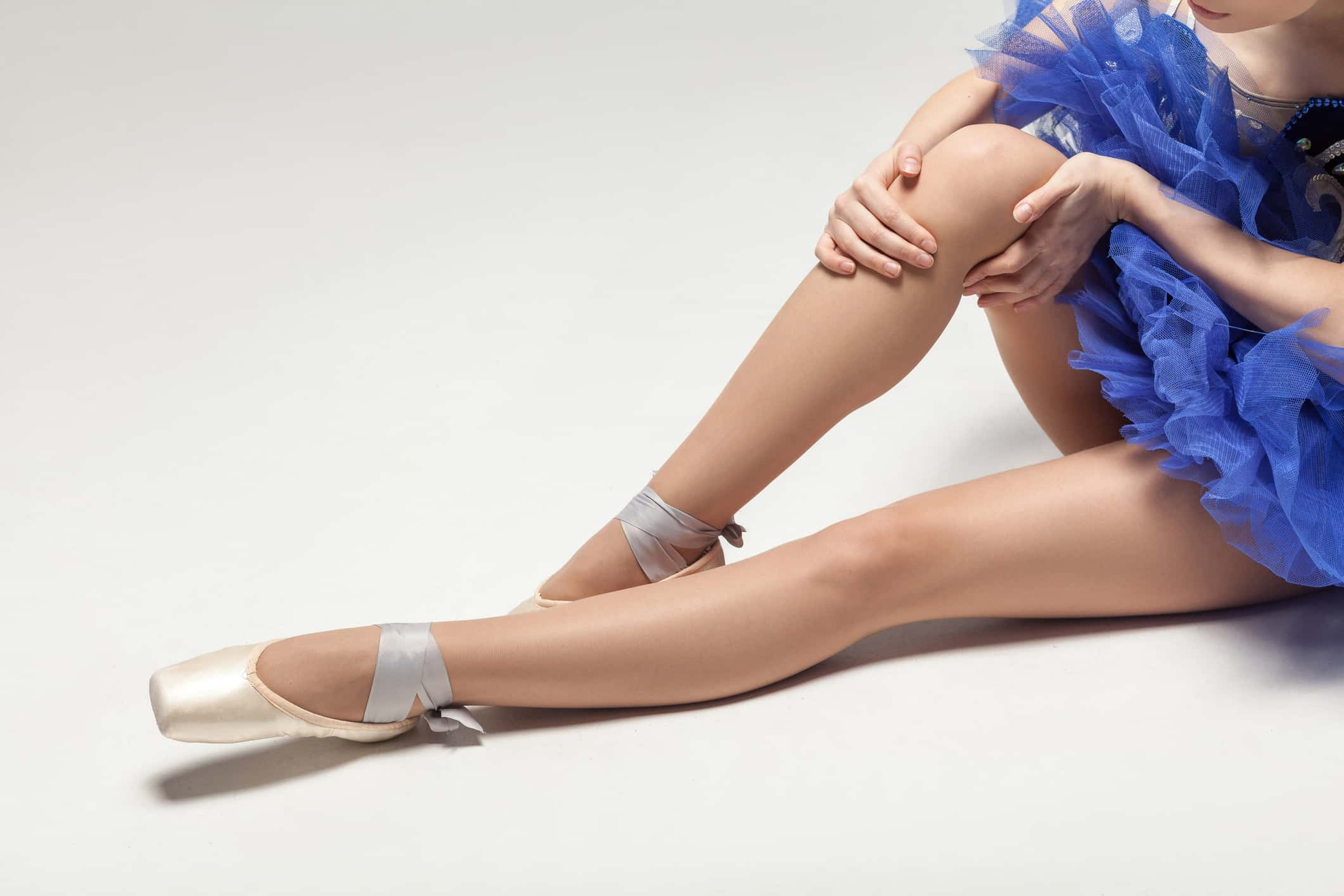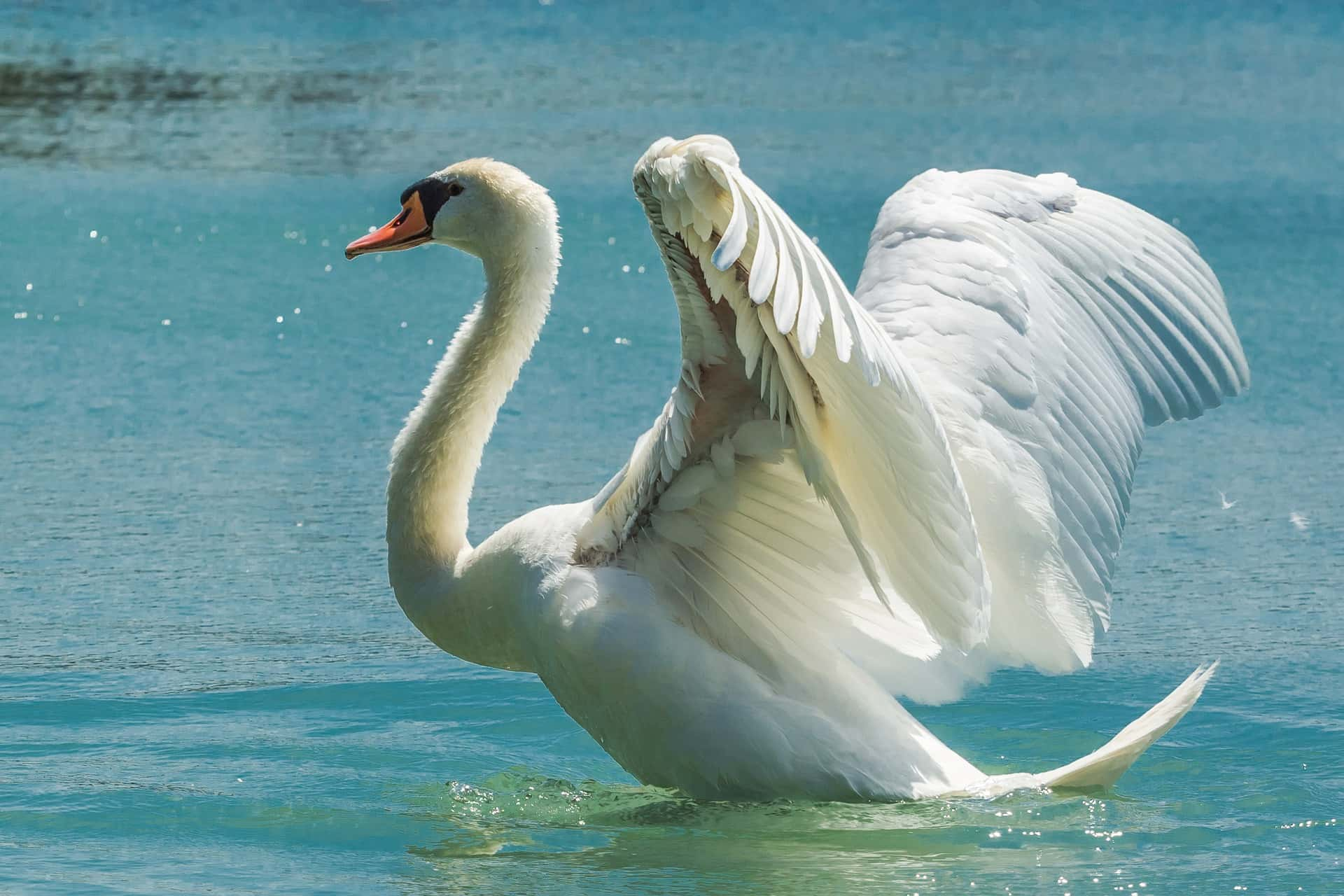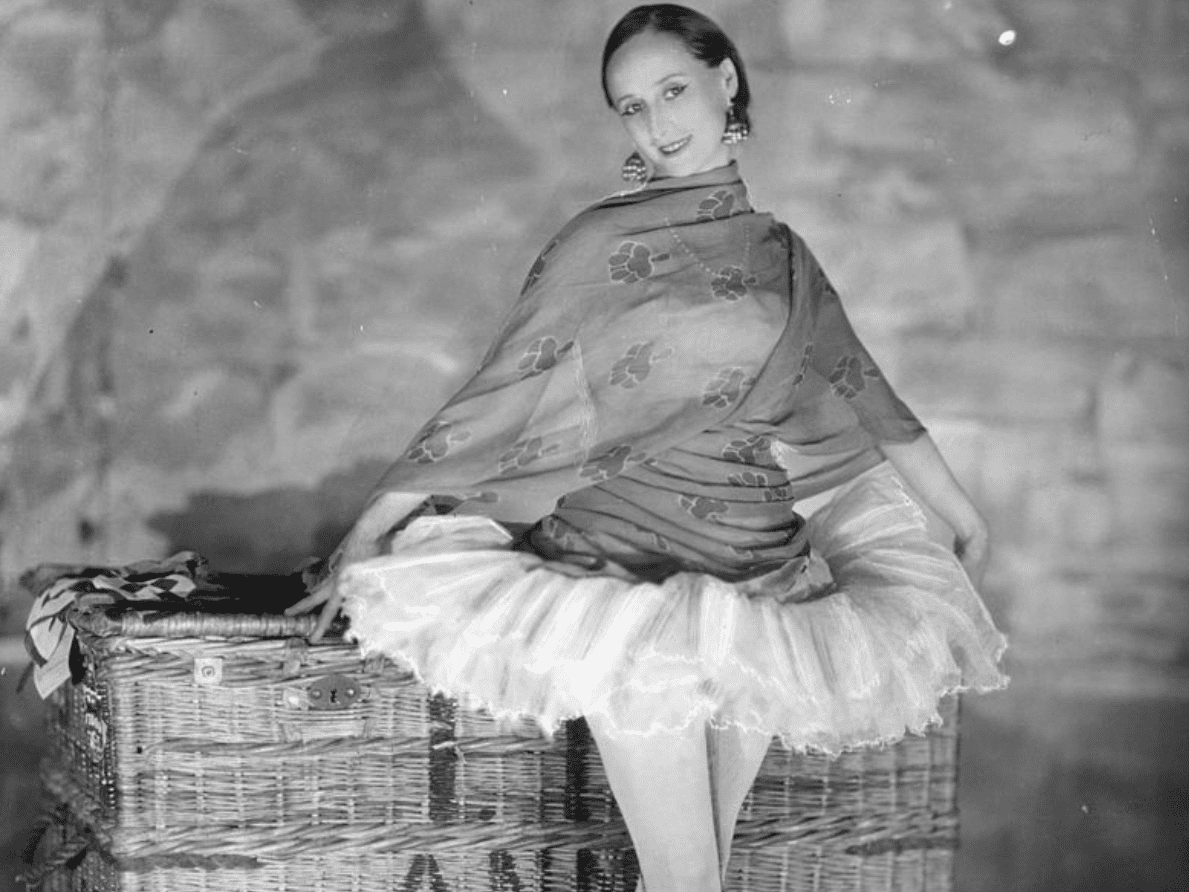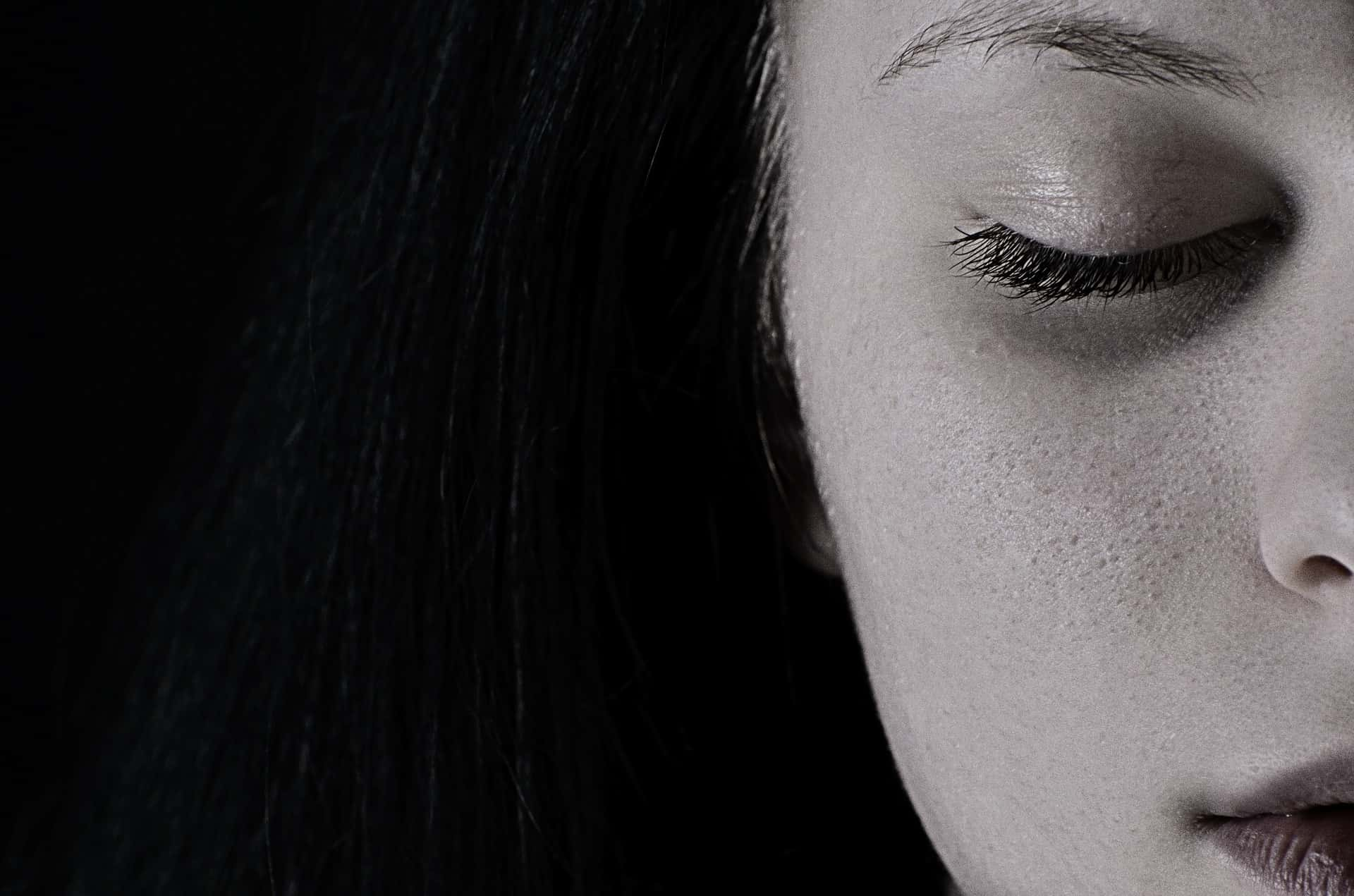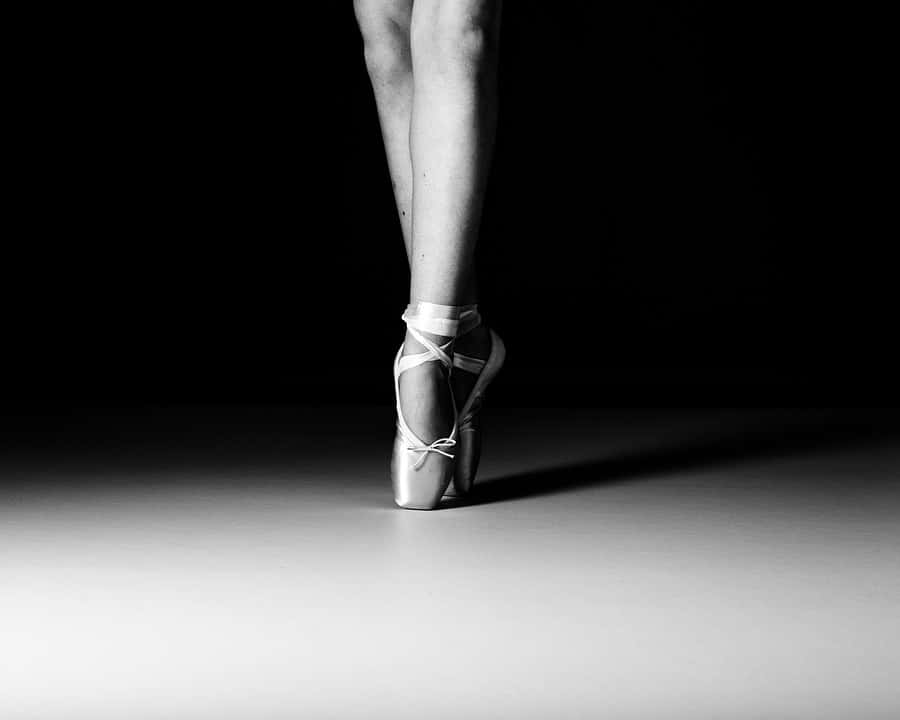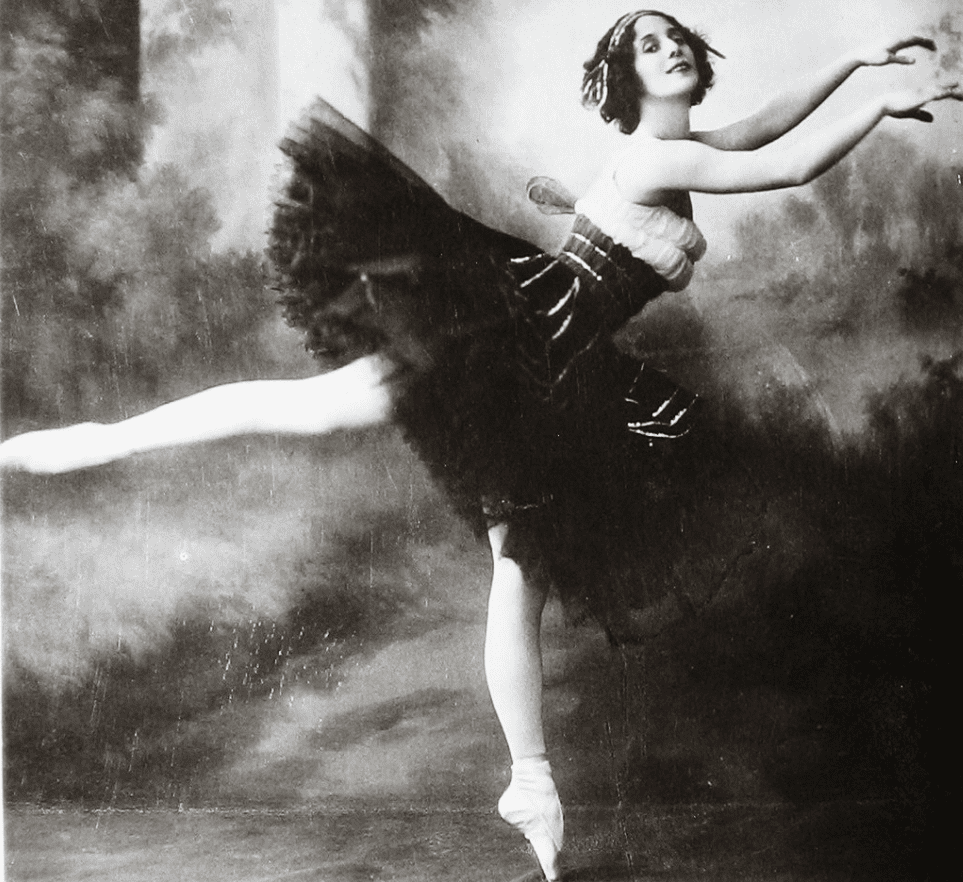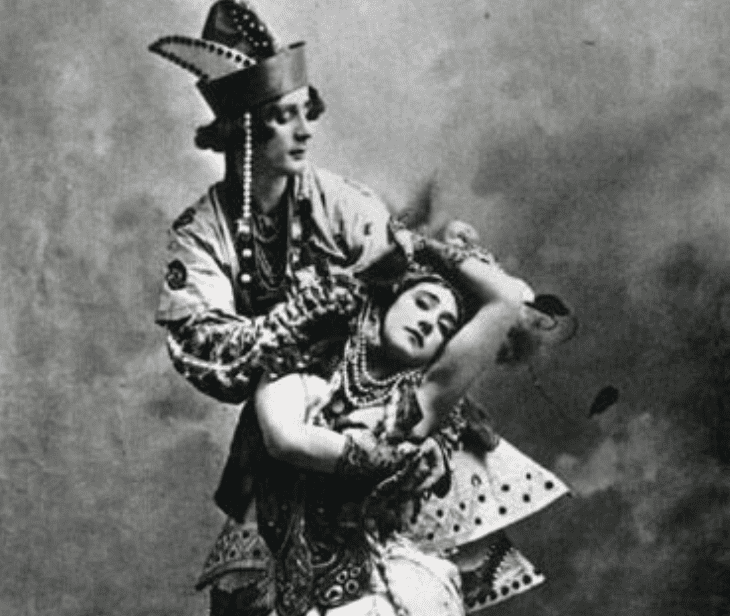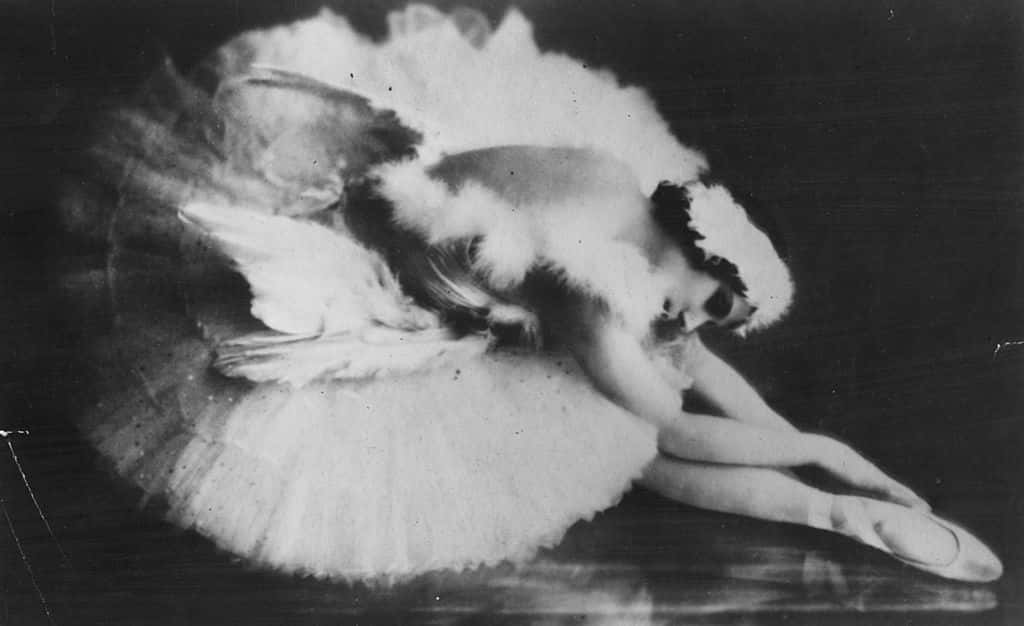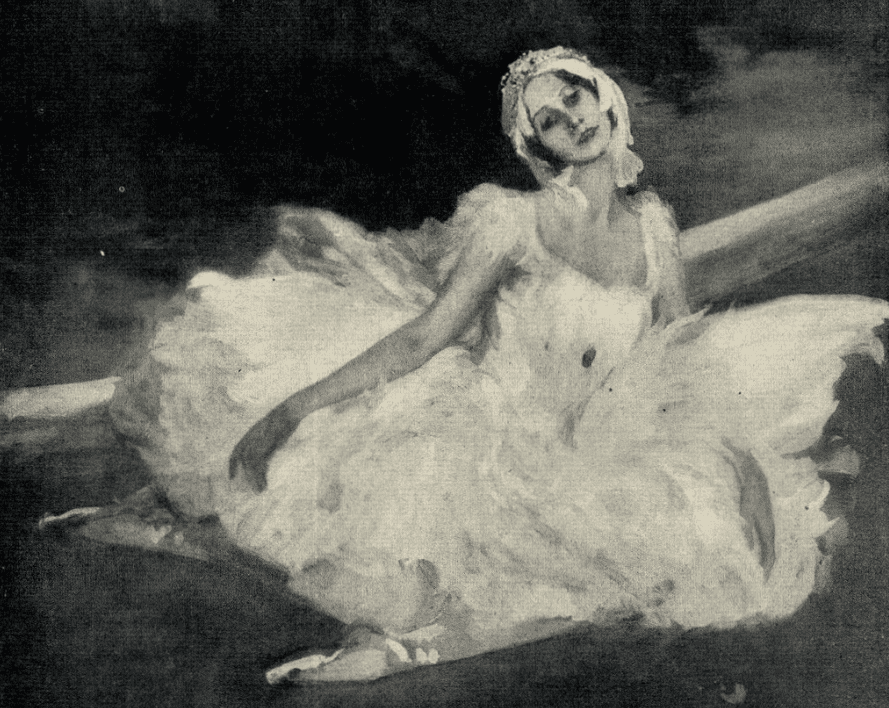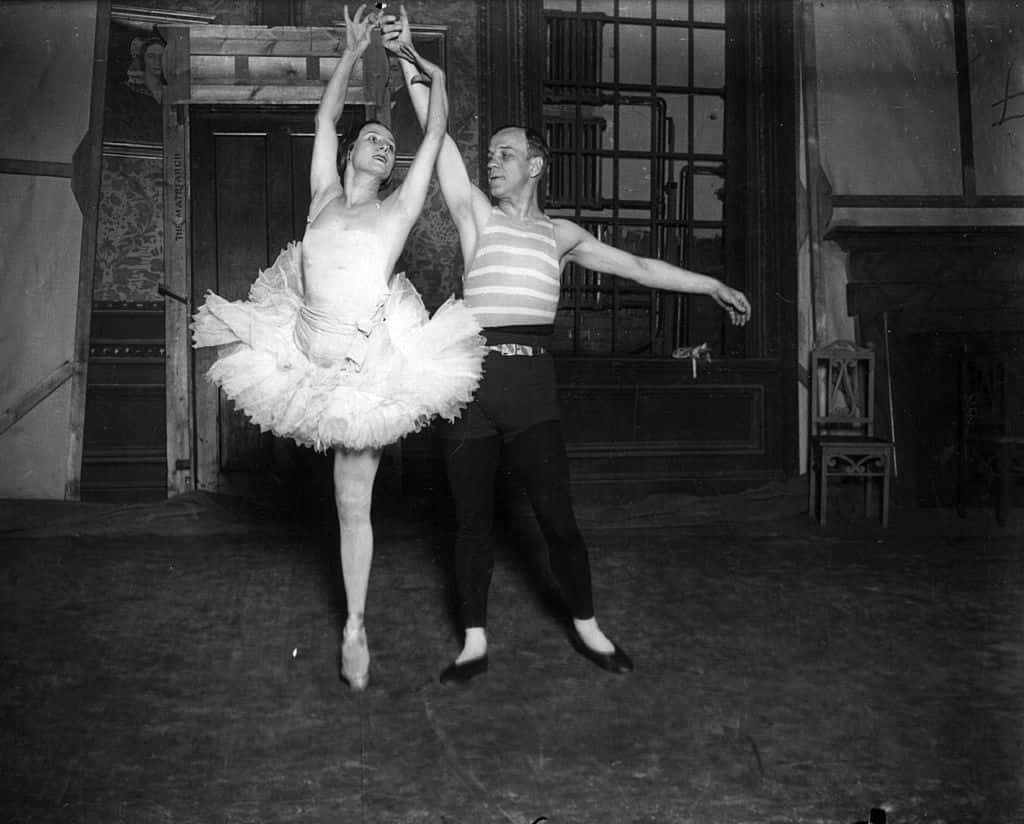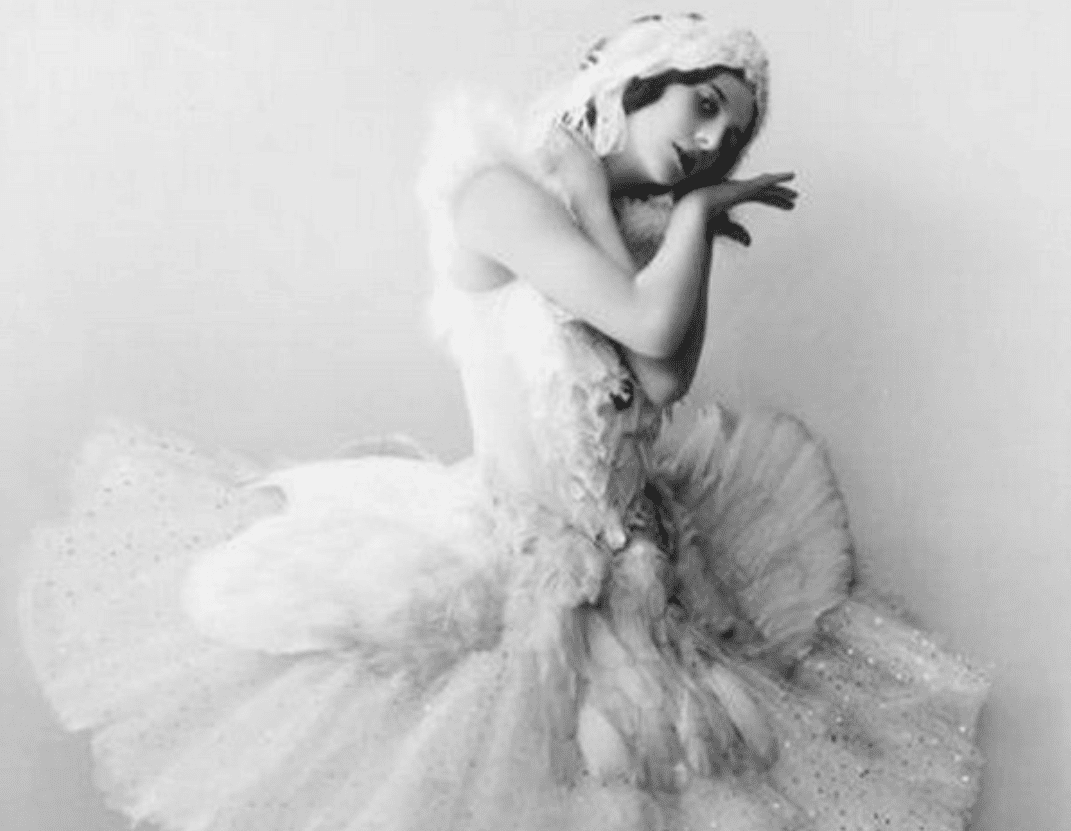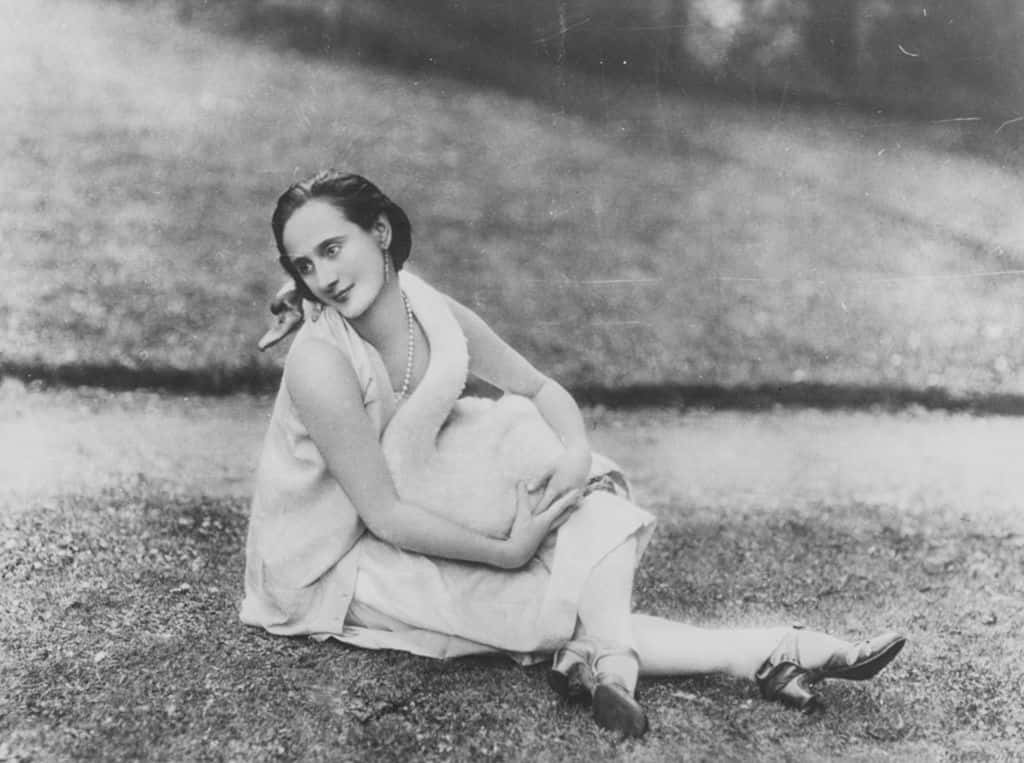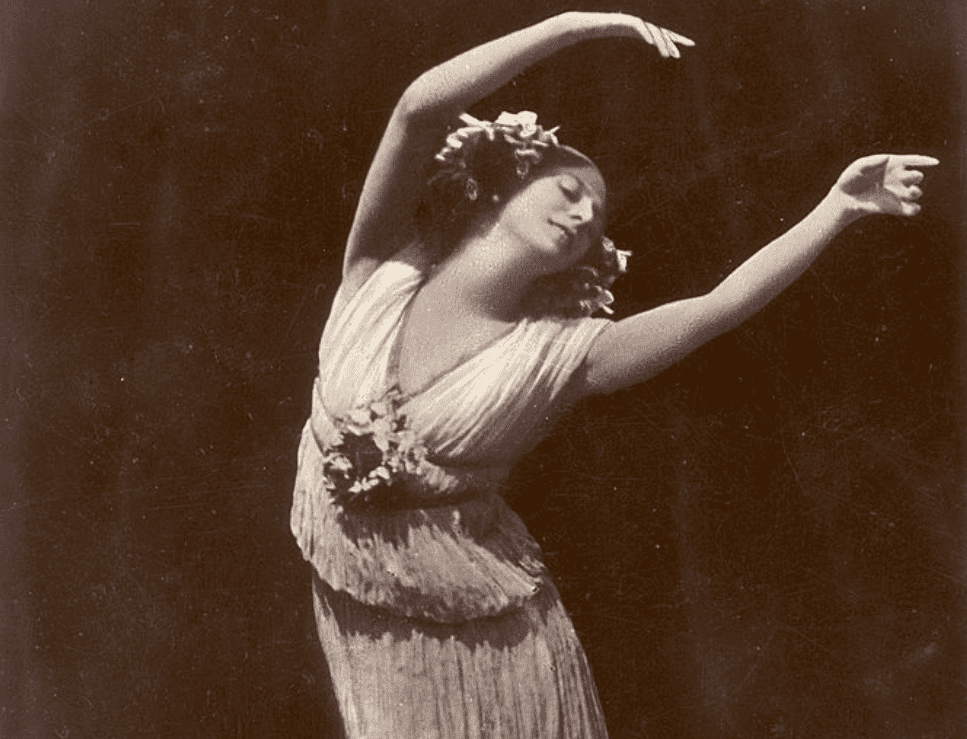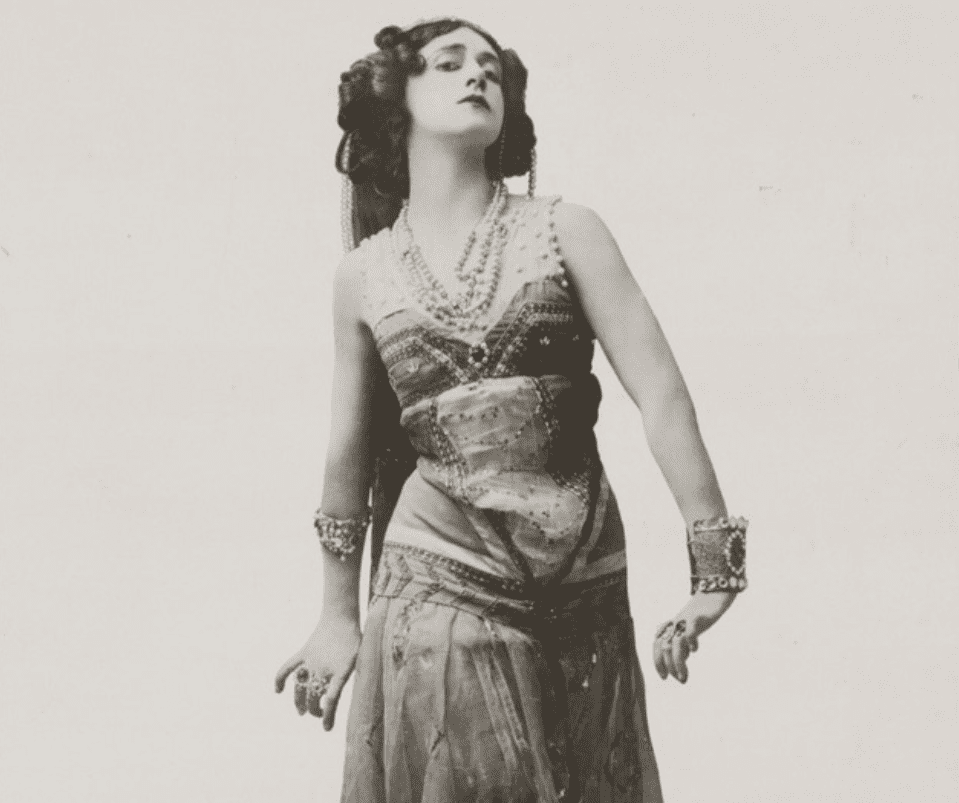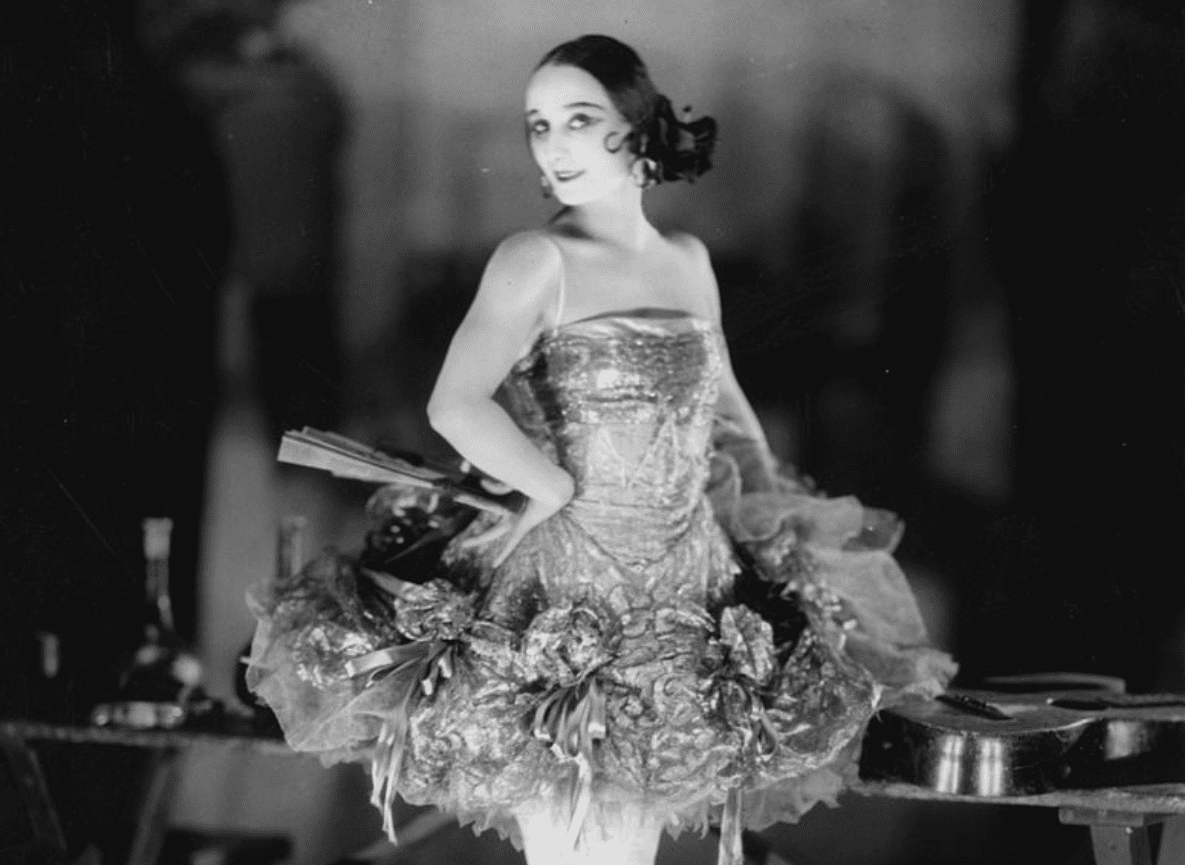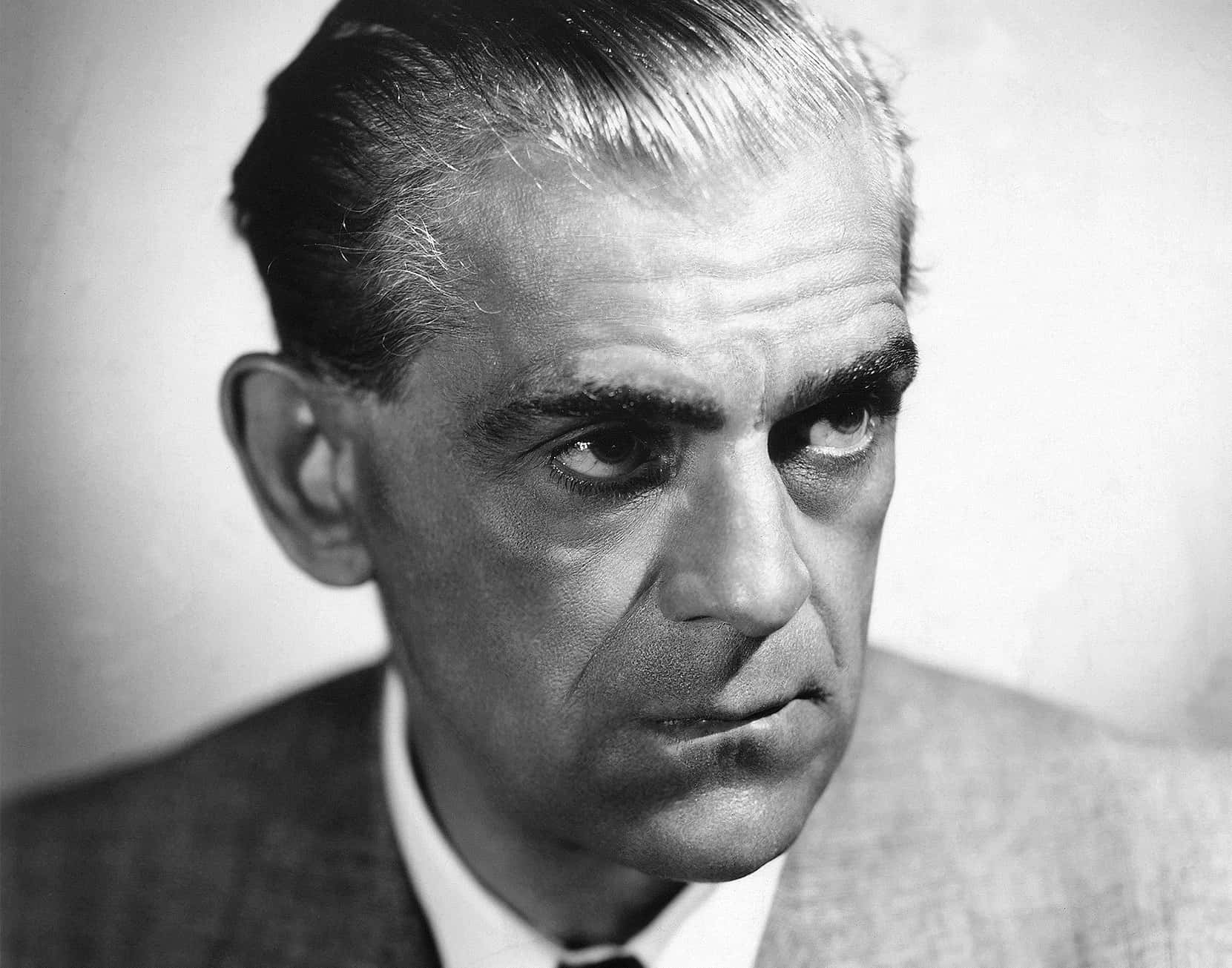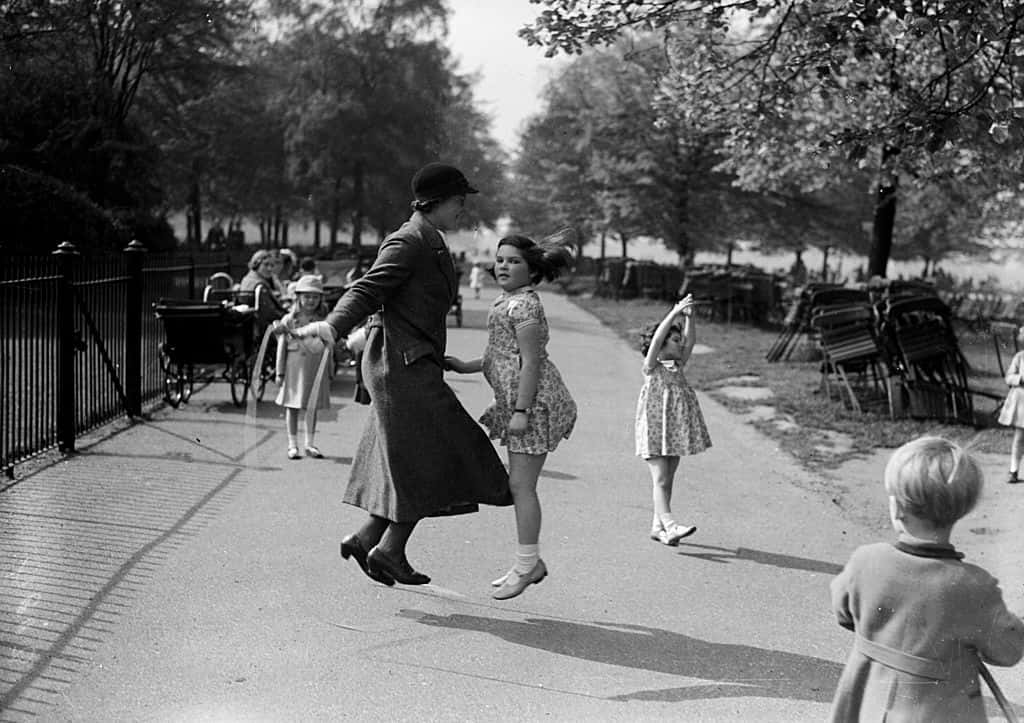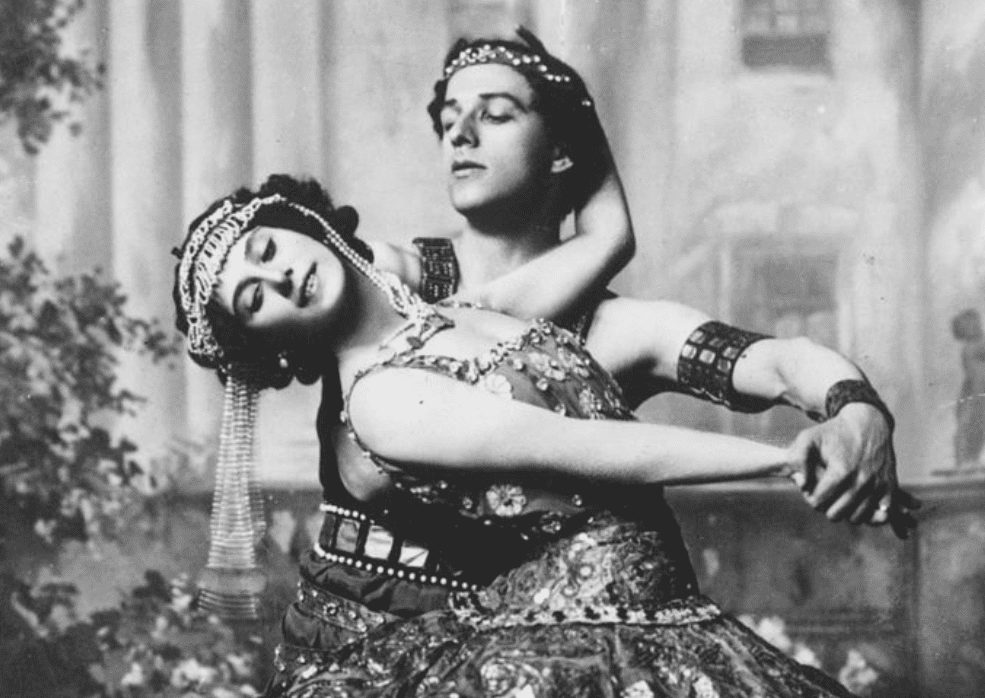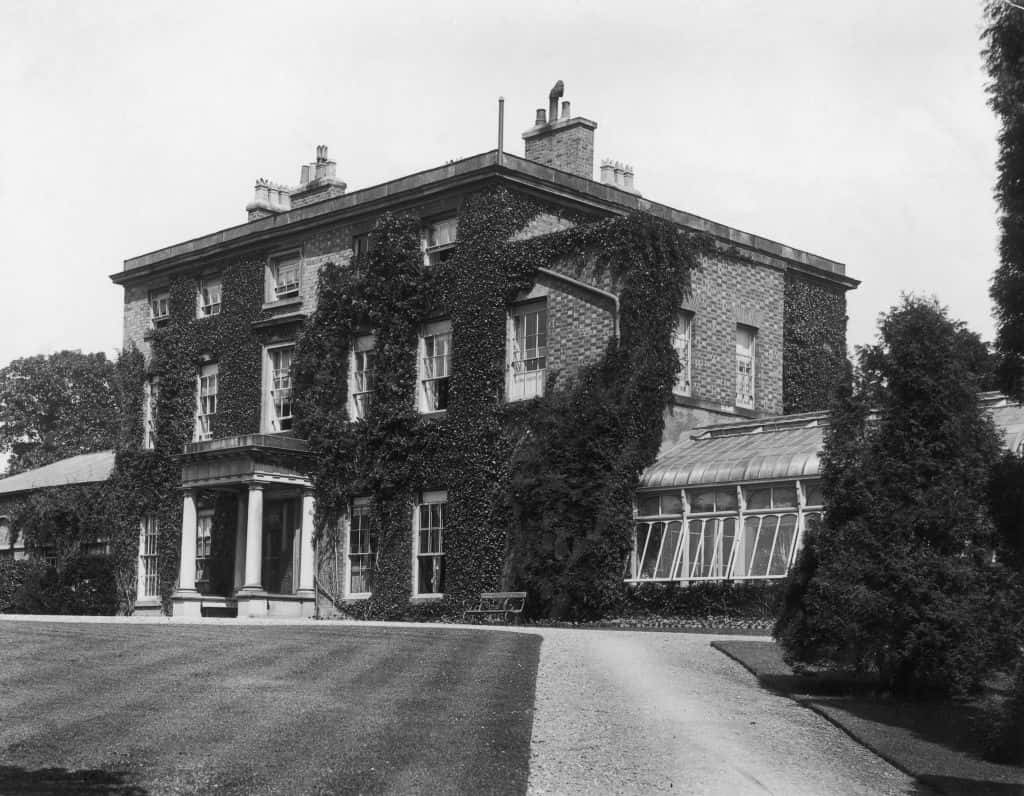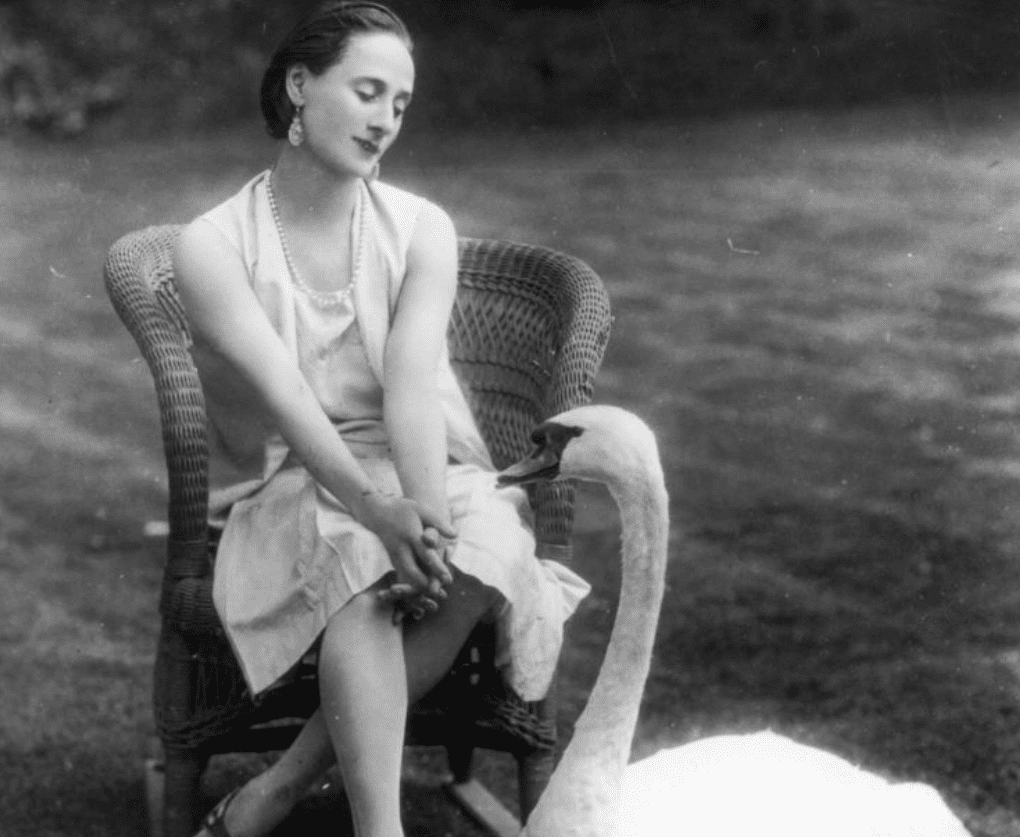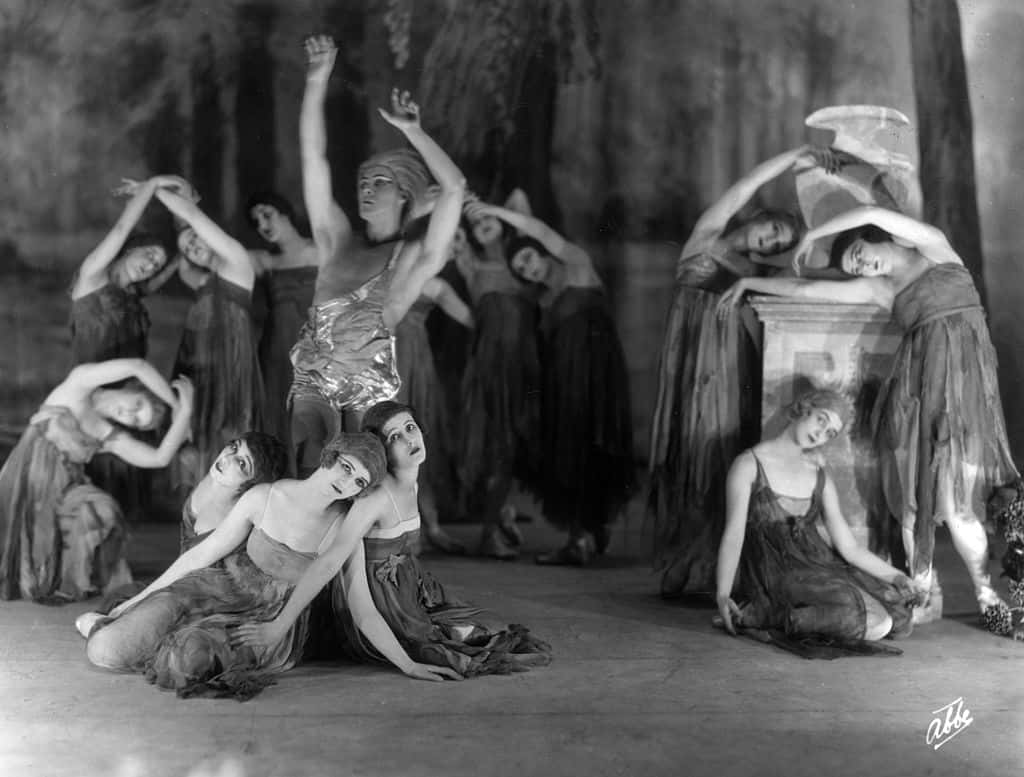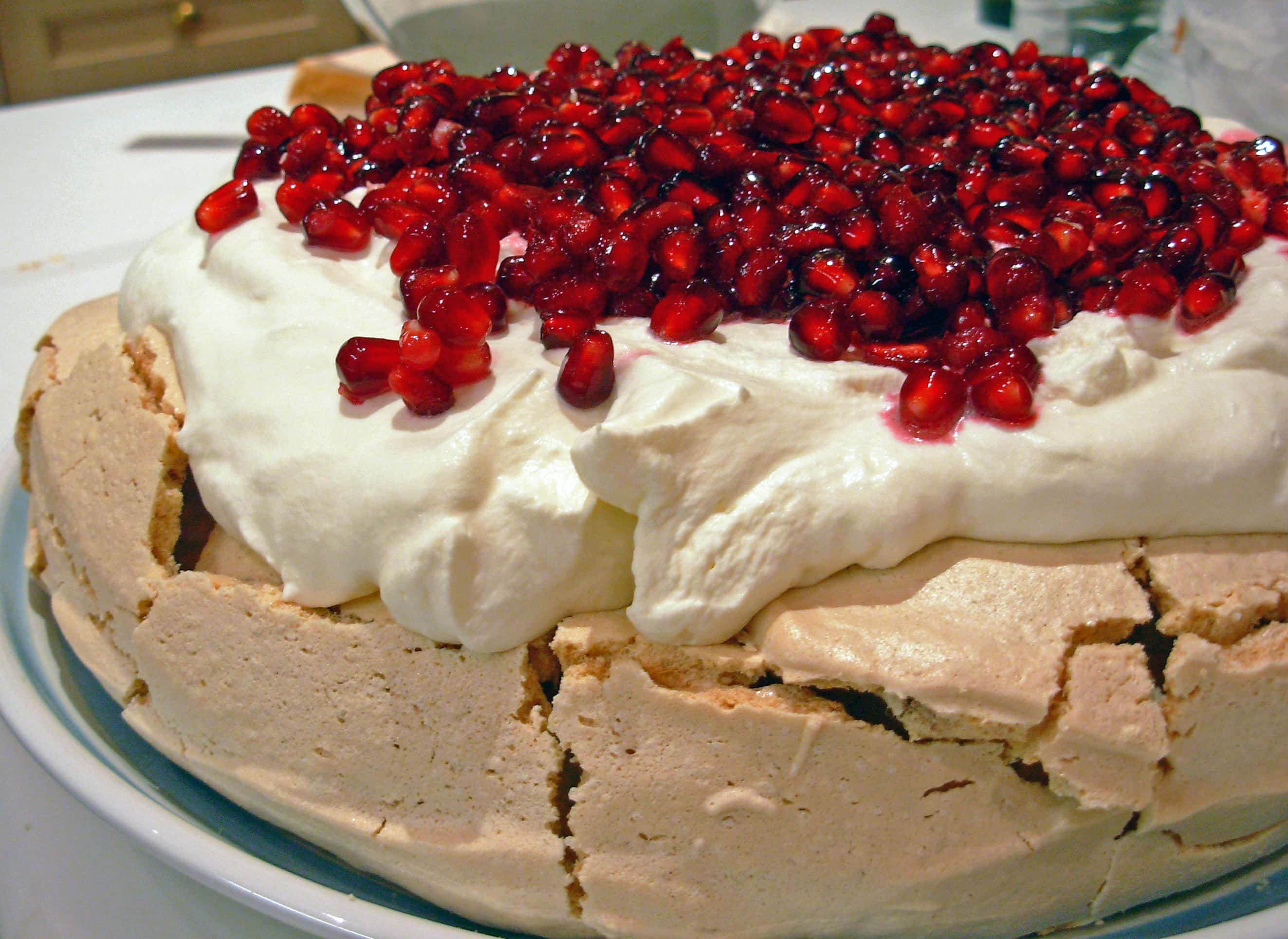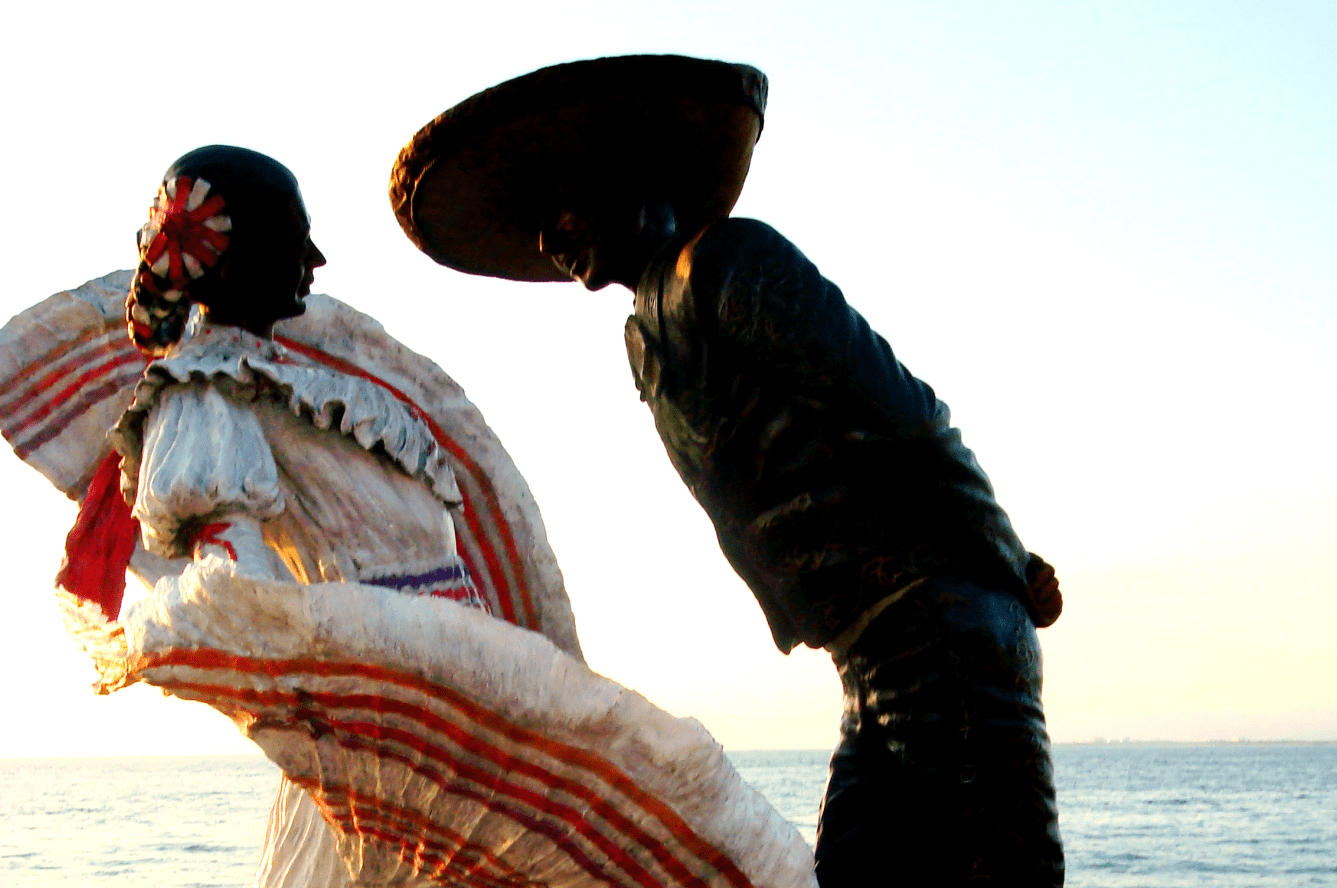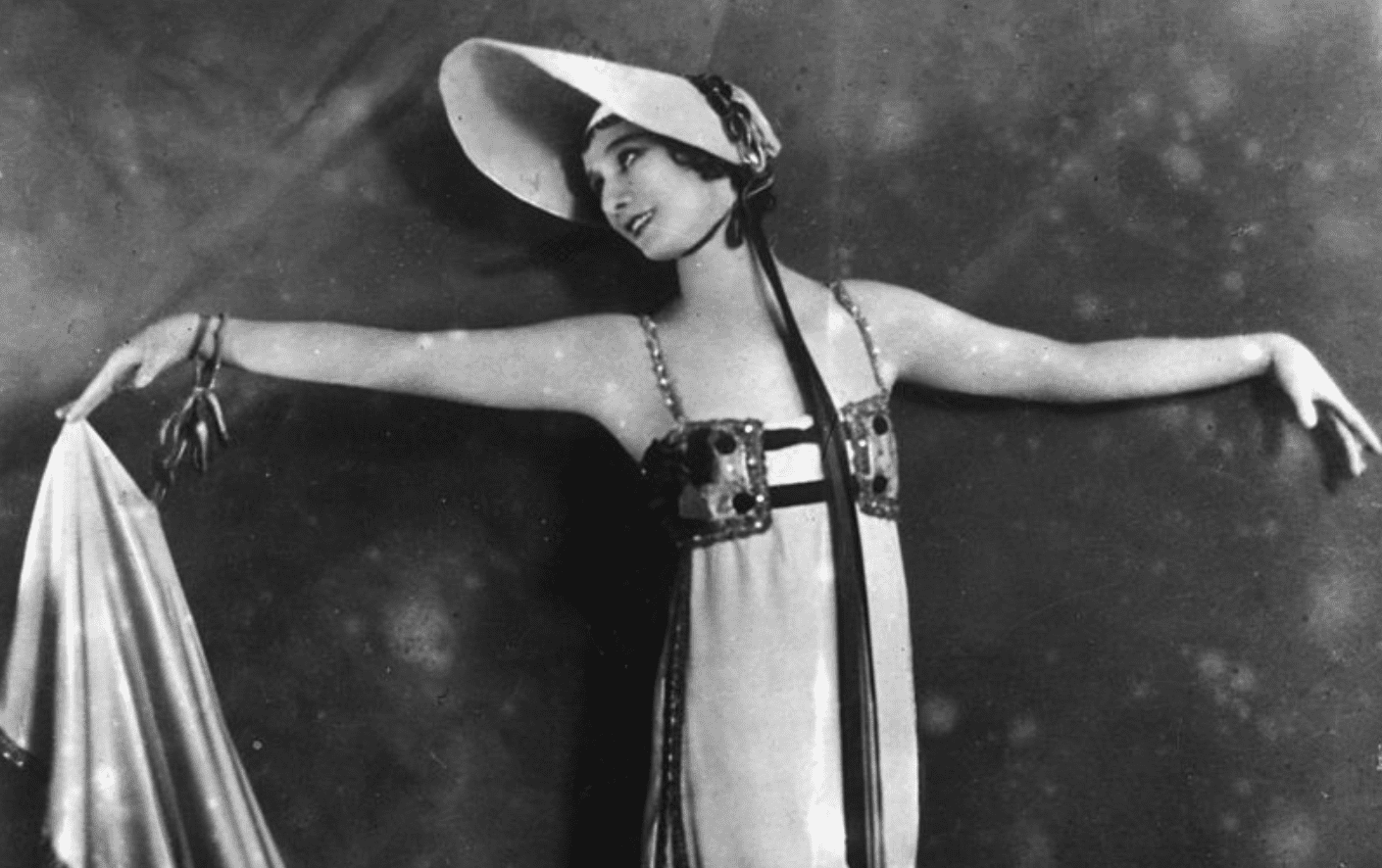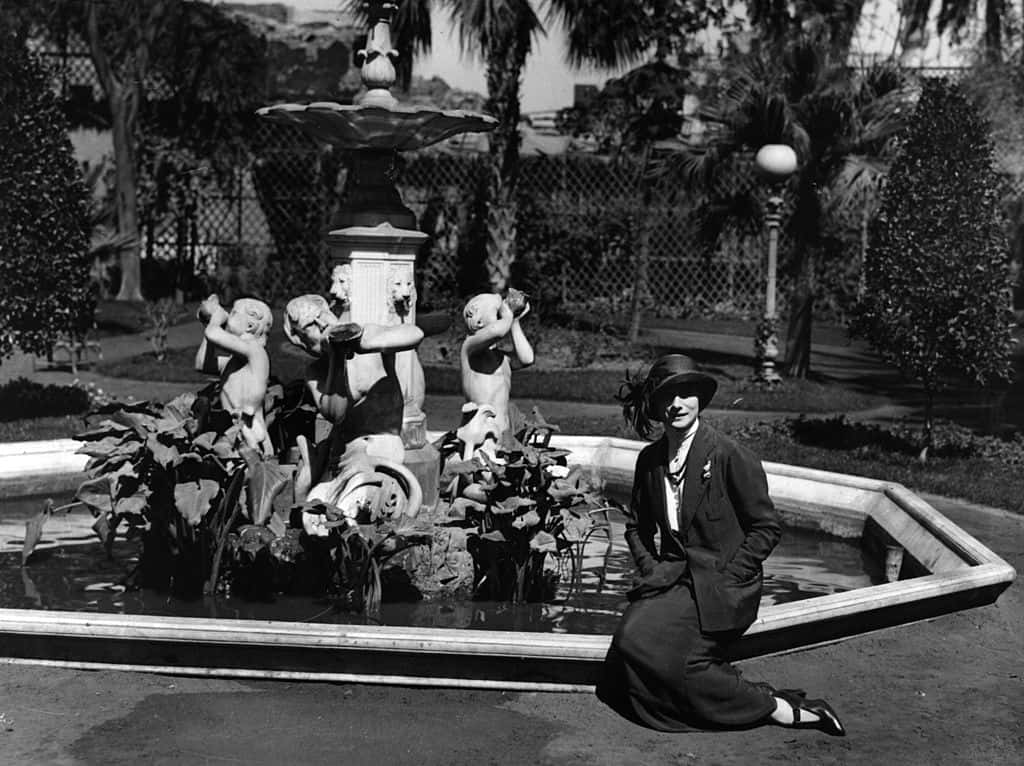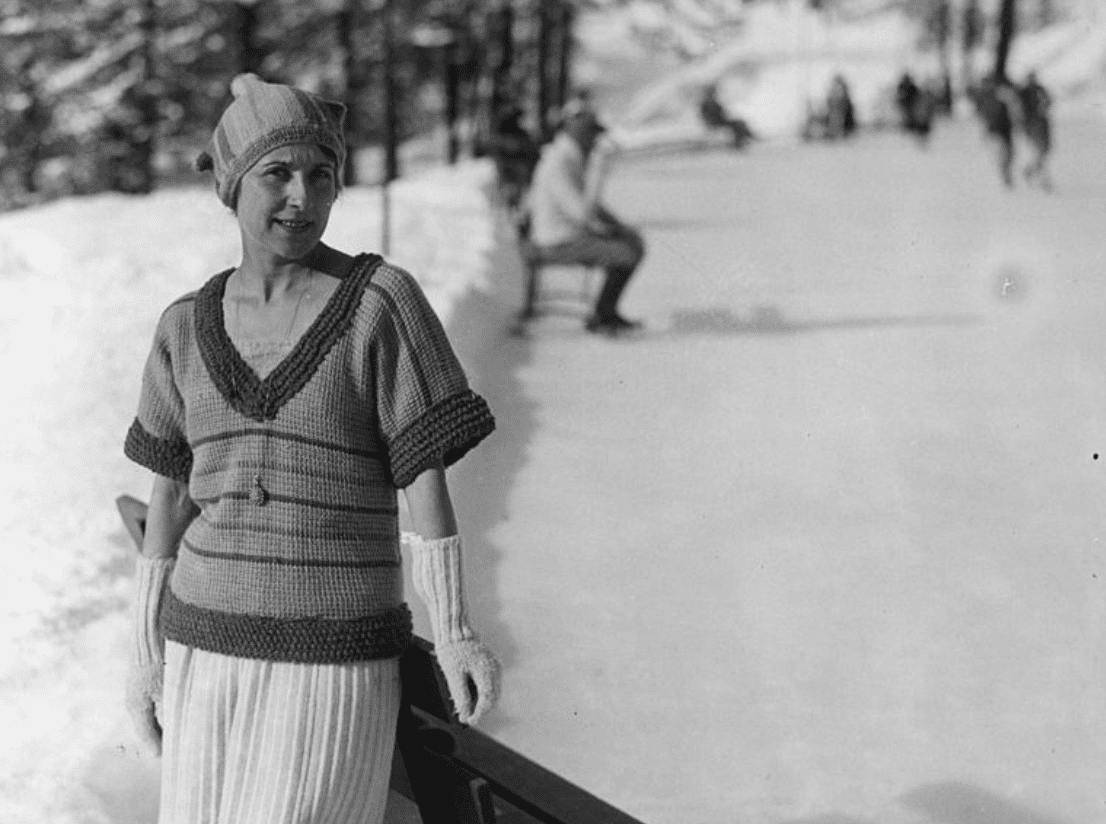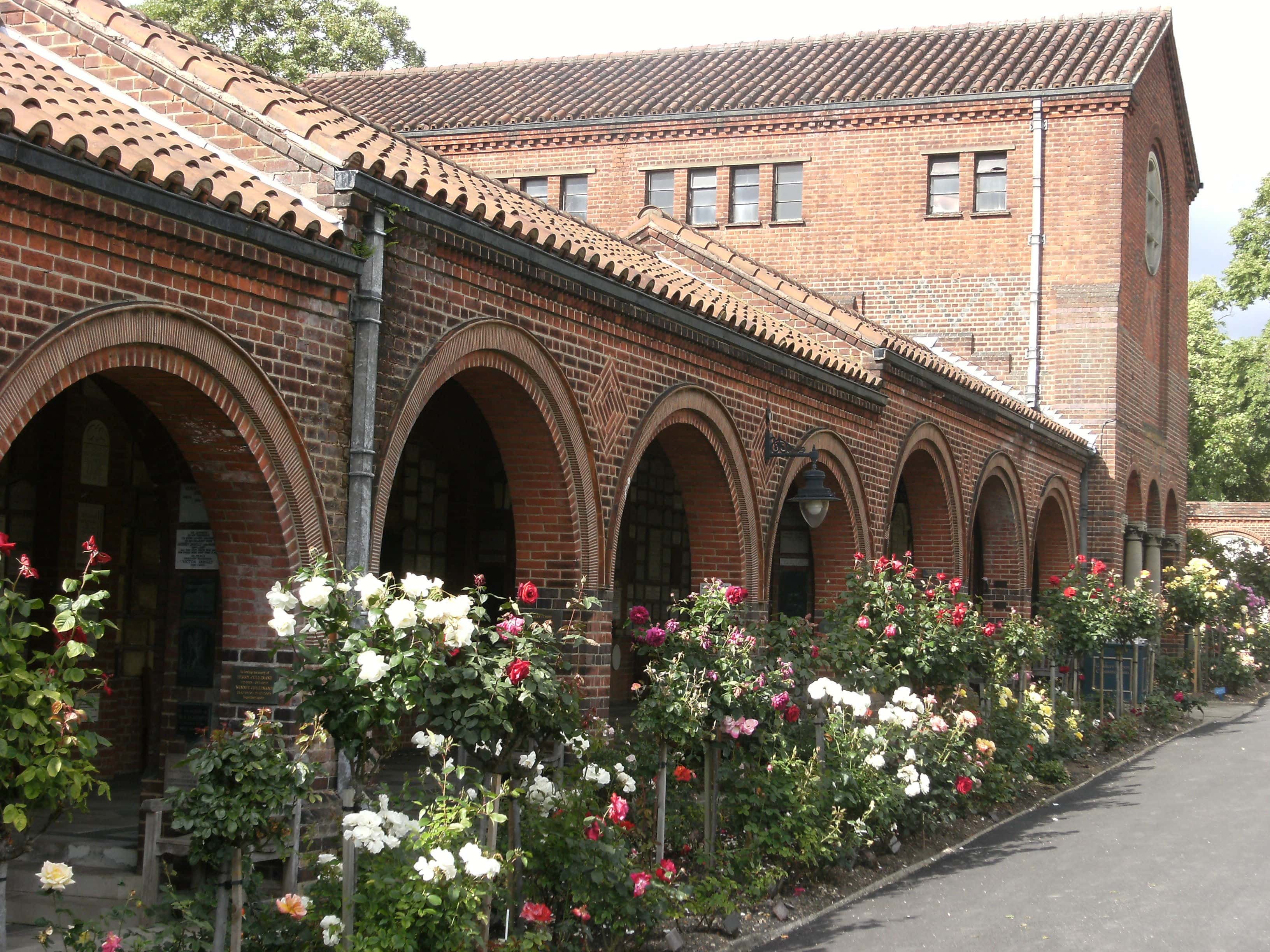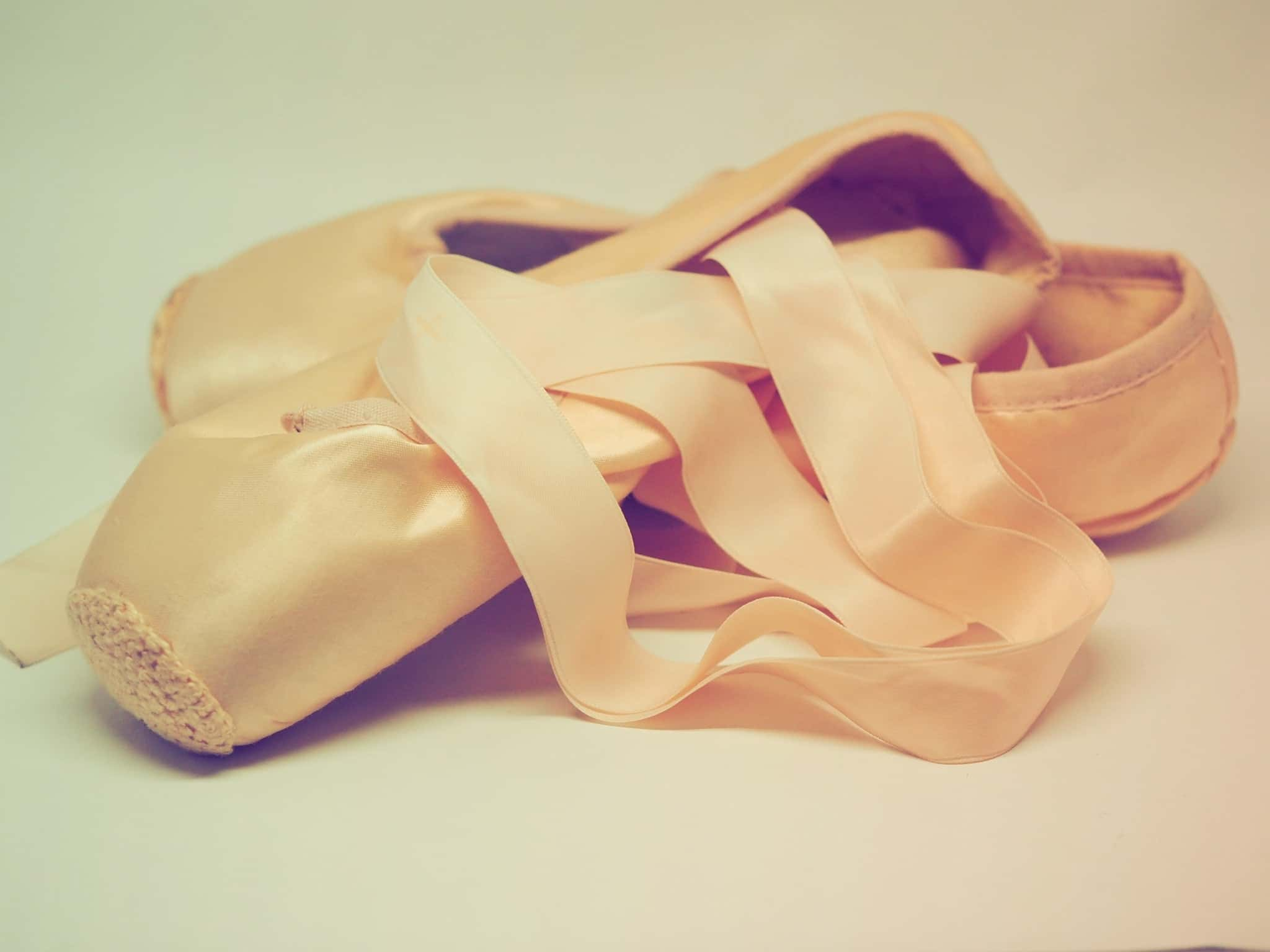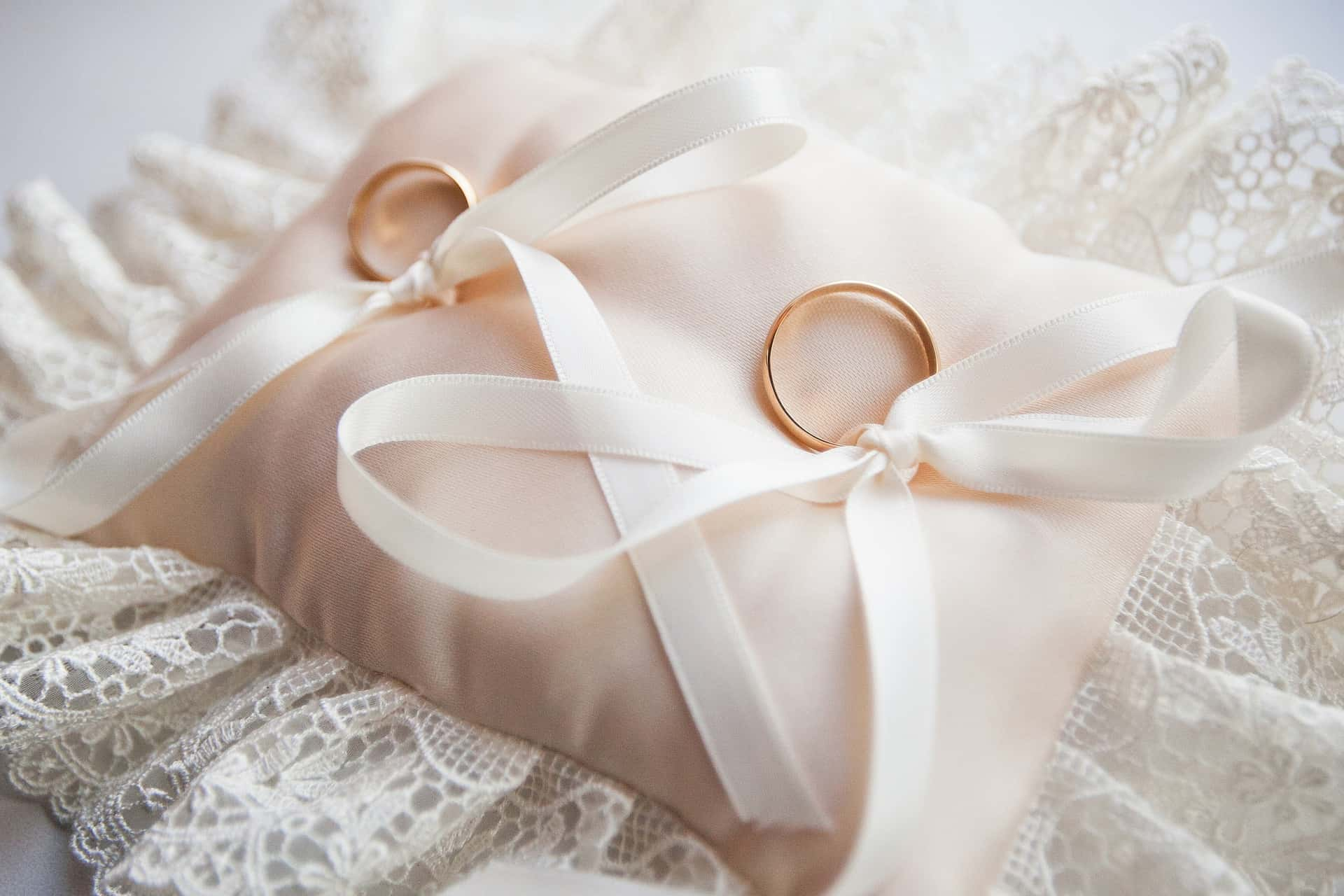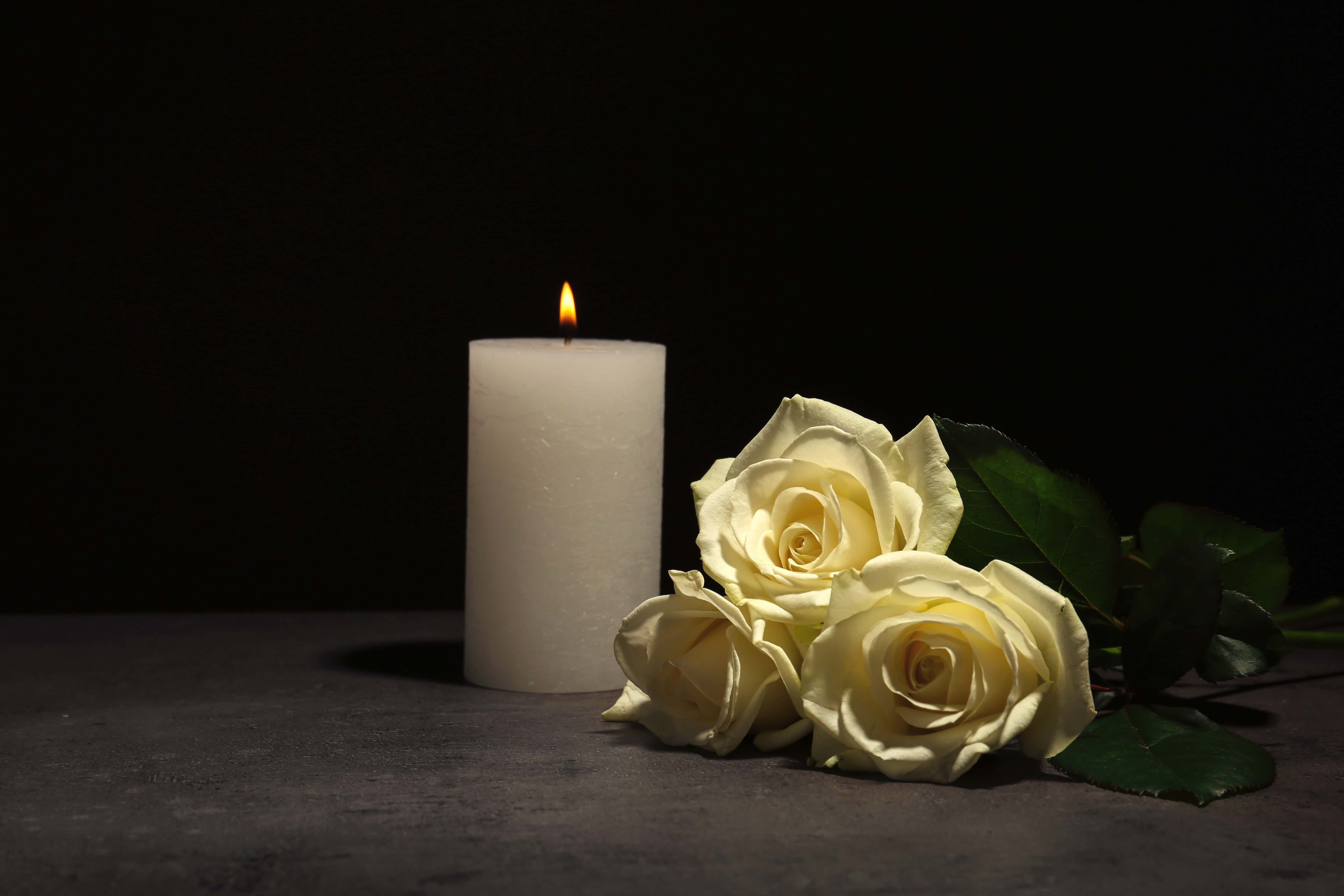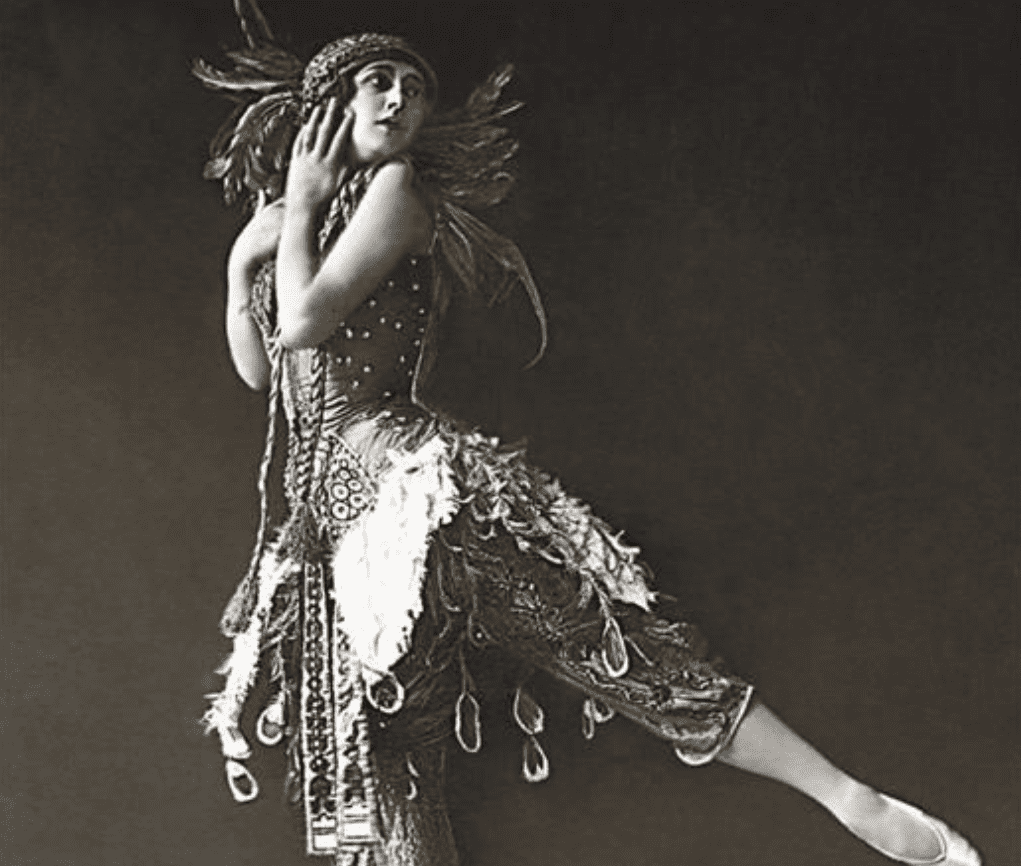There was no ballerina quite like Anna Pavlova, and there hasn't been one since. Here are some facts you might not know about one of the first celebrity prima ballerinas.
Anna Pavlova Facts
1. The Stork Brings a Swan
Anna Matveyevna Pavlova was born February 12, 1881, in St. Petersburg, Russia. Her mother Lyubov was a laundress for a wealthy banker named Lazar Polyakov. Anna's supposed father was Matvey Pavlov—but there are dark whispers about her true parentage. Some said Anna was actually the banker Polyakov's daughter.
2. The Smallest Star
Growing up in St. Petersburg, Pavlova overcame her working-class roots to become the most important ballerina of the 20th century. She was tall and thin, and many thought her body was too frail to execute the demanding technical feats expected of other ballerinas. She proved them all wrong, but it didn't save her from many tragedies.
3. Early Bird
Little Anna was severely premature, and in her early years her life was constantly in danger. She suffered illness after illness until her mother finally sent her to live with her grandmother in Ligovo, a quieter suburb of St. Petersburg. It's more than likely that this sickly childhood contributed to her tiny frame.
4. Failing the Barre Exam
Just one performance of The Sleeping Beauty turned little Anna onto ballet. Determined to become one of the graceful ballerinas she saw on stage, Pavlova auditioned for the Imperial Ballet School when she was nine. The judges' response was utterly heartbreaking. They felt she was too young, too frail, and maybe too sickly to ever make it in ballet.
5. Swaddled in Swans
When she became a dancer, Pavlova closely associated herself with the grace and power of swans. Not only is she most famous today for her tragic Dying Swan dance, she also incorporated swans into her origin story. As a vulnerable premature baby, Pavlova claimed that her mother used to wrap her up in swan down to keep her warm.
6. Don't Underestimate Her
Pavlova’s success brought adulation, but also jealousy. Ballerina Mathilde Kschessinka was once the toast of the town, but had to choose a replacement when she became pregnant. The crafty Mathilde then devised an ingenious plan. She chose Pavlova to swap in because she felt the girl's lack of technical proficiency posed no threat.
It backfired horribly. Pavlova breathed new life into the performance, completely upstaging her helpless rival and rocketing herself to stardom.
7. Second Time’s a Charm
After receiving her first rejection, Pavlova refused to give up. She auditioned again for the Imperial Ballet the following year, and this time they accepted her. In a twist of fate, Pavlova began training under the masterful Marius Petipas, the very same choreographer who had staged the performance of The Sleeping Beauty that had inspired Pavlova to dance.
8. A Broom With a View
Once she got into the Imperial Ballet, Pavlova thought she'd finally made it—but her nightmare was just beginning. The young girl struggled to fit in, and the other children cruelly teased her about her gangly frame. Since they couldn't deny her talent as a dancer, they mocked her looks instead, referring to her as “the little savage” or “the broom.”
9. The Mysterious Benefactor
In case you're keeping score of these things, Pavlova’s tuition at the Imperial Ballet School was paid by Lazar Polyakov, i.e. her mother’s employer—and her alleged father. Was this a token of generous appreciation to a loyal employee, or a reflection of paternal responsibility? We may never know, but I know where I'm laying my chips.

Sign up to our newsletter.
History’s most fascinating stories and darkest secrets, delivered to your inbox daily. Making distraction rewarding since 2017.
10. Stiff as a Board
Pavlova’s body type didn’t lend itself readily to ballet. She had thin ankles and her feet were narrow with high arches. In fact, Pavlova had to insert wooden sticks into her slippers just so she could stand en pointe.
11. By Leaps and Bounds
Pavlova was a naturally talented performer, but her work ethic was beyond what many of us can imagine—and she went to disturbing lengths to be on top. Pavlova hired the best teachers and practiced for hours outside of classes. According to her, "No one can arrive from being talented alone. God gives talent, work transforms talent into genius."
12. If the Slipper Fits
Pavlova gradually refined her slipper design to suit her needs, adding layers of hard leather to the soles and flattening the toes. This was actually quite controversial: Most of her jealous peers didn't approve of these improvements and considered it cheating—but Pavlova had the last laugh. Her design became the prototype of the modern ballet slipper.
13. What a Poser
Pavlova herself may have been ashamed about her revolutionary slipper design. After all, a true ballerina should have been able to hold herself up in her shoes. Moreover, Pavlova hated the way they looked. Whenever she posed for publicity photos, she always made sure to change into traditional slippers for the shot.
14. What’s That Racket?
Around 1910, producers offered Pavlova the lead in the now-iconic The Firebird. Famed musician Igor Stravinsky had composed the music—but Pavlova's reaction to it was the definition of "diva." She absolutely detested the avant-garde music and ultimately refused to dance to it. Instead, the role went to a rival. That's gotta hurt.
15. Moving on up
Pavlova's hard work did not go unnoticed. Upon graduating from the Imperial Ballet School, her teachers allowed her to bypass the usual rank of corps de ballet and enter the workforce as a coryphée.
16. It Takes Swan to Know One
The Dying Swan is the dance that put Pavlova in the history books, and it was choreographed especially for her. In the performance, Pavlova flutters about the stage, mimicking the last moments of an expiring bird. According to the choreographer, the dance was almost improvised, and Pavlova was inspired by the swans in public parks around St. Petersburg.
17. Love Hurts
Though we often think of ballerinas as eternally graceful, Pavlova had some terrifying accidents. Without the usual ballerina build to help her, she once entirely fell off the stage while performing a double-pique turn. Her mentor Petipa even pleaded with her to stop attempting fouettés lest she hurt herself.
18. The Prima Prima Ballerina
After a commanding performance of Giselle in 1906, Pavlova became prima ballerina of the Russian Imperial Ballet.
19. Cygnet-ure Piece
It's no wonder people associated Pavlova with The Dying Swan: she performed the piece a whopping 4,000 times or more.
20. A Trip to Paris
Pavlova became a luminary of the famous Ballets Russes, the renowned and avant-garde touring show put on by impresario Sergei Diaghilev in the early 20th century. Though she served as a principle dancer, Pavlova declined to formally join the group. After all, she was still the premier dancer of the Imperial Ballet, and her tastes were traditional.
21. Greatness Within Limits
Pavlova’s early dancing style was so unconventional, it shocked critics. She wasn’t preoccupied with perfect placement or form, preferring to let emotion take over. Her body just wasn’t well suited to some of ballet’s more physically demanding feats, and she had to work with what she had.
22. When a Manager Loves a Woman
To help run the business side of her dance company, Pavlova enlisted Victor Dandre, a French-Russian businessman, as her manager. But there was more going on behind the curtain. Dandre lavished Pavlova with gifts and even bought her a studio space, leading many to believe that he was deeply in love with the prima ballerina.
23. Dancing With Herself
Eventually, Pavlova broke away from the Imperial Ballet to form her own company. Pavlova’s company toured the entire world at a time when most ballet companies toured Europe and maybe the United States.
24. Russian off
In 1914, Pavlova gave her final performances in Russia, performing in St. Petersburg and Moscow. She would never return to her home country.
25. It’s Alive!
Pavlova tried to get into the movie industry in 1916, starring in The Dumb Girl of Portici. Her film career never took off, but The Dumb Girl of Portici may have helped another young actor get his start: Boris Karloff, famous for his portrayal of Frankenstein’s monster, supposedly had a small role in the movie.
26. Full House
Despite her many rivalries and her jealous temper, Pavlova did have a big heart. She was so disturbed by the suffering of children in World War I that she adopted 15 orphaned girls in 1918. She housed them all in a small mansion in Paris, with a live-in governess hired to keep watch over them. The ballerina even gave an ongoing series of charity performances to provide for her girls.
27. It Takes Two to Tango
Pavlova's longtime dance partner was Mikhail Mordkin—but they hid scandal behind the scenes. Pavlova was frequently jealous of his success, and once slapped him after a performance just because he received more applause than her. Despite Pavlova’s reluctance to share the spotlight, the tension between them never failed to produce a fiery performance.
28. London Calling
For most of her later life, Pavlova lived at a house in Golders Green, London. She bought the “Ivy House” in 1912 and lived there for the remainder of her life.
29. Birds of a Feather Flock Together
Pavlova didn’t live alone in London. She was joined by her unusual pets: A flock of swans, of course. The ballerina had several of the creatures, but her absolute favorite was one she named Jack. Jack and his pals lived in an ornamental lake Pavlova had constructed in the backyard. Indeed, Pavlova was an animal lover in general, and often took official photos alongside her pets.
30. Lost in Translation
When Pavlova toured the world with her company, she wasn't afraid to resort to lies. Though her dances had a Russian flavor, most of the Russian ballerinas were either working for the Imperial Ballet or the Ballets Russes. Instead, Pavlova had to settle for British dancers. But no problem. She just gave these english roses “Russianized” stage names.
31. A Sweet Tribute
While on tour in New Zealand, Pavlova earned the greatest honor a person can receive: She had a dessert named after her. The Pavlova, a dessert made from meringue, whipped cream, and fresh fruit, was first served at a Wellington hotel during the ballerina's 1926 visit.
32. Hats off to Pavlova
Pavlova was responsible for introducing the Jarabe Tapatío—the Mexican Hat Dance—to a global audience. She first found out about the dance while visiting Mexico in 1919.
33. A Debt of Gratitude
Whatever the nature of their relationship, Victor Dandre did gain Pavlova's absolute trust. When Dandre was arrested for embezzlement of public funds, Pavlova made a ruinous sacrifice. The ballerina signed a harsh and horrible contract with a dance company just to be able to pay off Dandre's debts and release him from prison.
34. With Her Trunk in Tow
When traveling in exotic locations, Pavlova loved wowing the crowd with incredible stunts. While in China, she successfully performed 37 continuous pirouettes while atop a moving elephant.
35. Suffering for Her Art
Pavlova's death is one of the great tragedies of ballet. While touring Europe at the age of 49, the ballerina came down with a fatal case of pneumonia. The only cure was surgery—but it came at a heartbreakingly high cost. The procedure would rob one of the world's greatest ballerinas of the ability to ever dance again.
36. Ride or Die
When she heard the consequences of the surgery, Pavlova's response was unforgettable. She refused, declaring, “If I can’t dance, I would rather be dead."
37. The End of the Tour
Pavlova soon fell into the throes of pleurisy. She died on January 23, 1931. In the years since her death, there have been repeated—and controversial—efforts to move her ashes to Russia. It is not clear, however, that Pavlova wished to have her body returned to her homeland. For now, at least, she remains in London.
38. Slipping Away
After her cremation, loved ones tied a pair of Pavlova’s ballet slippers to her urn. Sadly, the slippers have now gone missing.
39. A Ring of Truth
After her death, Pavlova’s manager and possible lover Victor Dandre made a shocking confession. He claimed they had secretly married, and he was now Pavlova's widower. Though he couldn't prove his claims with any documentation, no one can rule out the possibility, either. When Dandre died in 1944, his family buried his ashes next to his beloved Anna.
40. Swan Song
Even at death’s door, Pavlova was obsessed with performing—her reported last words were “Get my Swan costume ready.”
41. She's a Maniac
At the height of her career, Anna Pavlova was so popular as a dancer, she had her own kind of cult. The Russian Empire's upper crust was famous for its "balletomanes," or ballet maniacs, and those men and women who particularly adored Pavlova called themselves "Pavlovatzi." She truly was the rock star of her day.
42. This Means Wardrobe
Pavlova wasn't just a weak little girl—the prima ballerina had a dark side. She had an intense and infamous rivalry with fellow dancer Tamara Karsavina, and took every opportunity to humiliate her. While on stage one night, Tamara experienced a sudden “wardrobe malfunction,” and Pavlova's sneering comments to the embarrassed girl left the dancer in tears.


